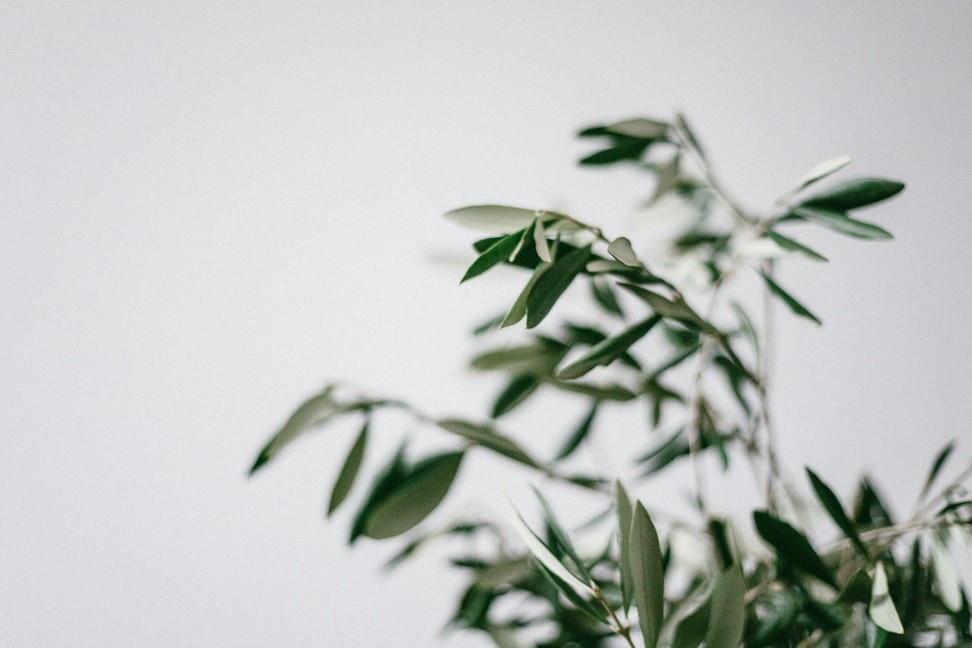Fly Tying Hackle is an essential component for creating realistic and effective flies for fly fishing. Whether you are a seasoned fly tyer or just starting out, selecting the right hackle can make a significant difference in the success of your flies. With so many options available on the market, it can be overwhelming to choose the best hackle for your needs. In this ultimate guide, we will discuss everything you need to know about selecting fly tying hackle.
When selecting fly tying hackle, there are several factors to consider. The first thing to consider is the type of fly you are tying. Different flies require different types of hackle, so it is important to match the hackle to the fly pattern you are using. For example, dry flies typically require stiff hackle with long fibers to support the fly on the water’s surface, while wet flies may require softer hackle with shorter fibers for a more lifelike appearance.
Another important factor to consider when selecting fly tying hackle is the size of the feathers. Hackle feathers come in a variety of sizes, ranging from small to extra-large. The size of the feathers you choose will depend on the size of the fly you are tying. Larger flies will require larger hackle feathers, while smaller flies will require smaller feathers. It is important to match the size of the feathers to the size of the fly to ensure proper proportions and balance.
In addition to size, the quality of the hackle feathers is also important. High-quality hackle feathers will have uniform color, shape, and texture, which will result in more realistic and durable flies. Look for hackle feathers that are flexible, strong, and have a consistent taper from base to tip. Avoid feathers that are brittle, uneven, or have damaged tips, as these will not produce quality flies.
When selecting fly tying hackle, it is also important to consider the color of the feathers. The color of the hackle should match the natural color of the insect or baitfish you are imitating. For example, if you are tying a mayfly pattern, choose hackle feathers in shades of brown, olive, or gray to mimic the natural colors of a mayfly. Experiment with different colors and combinations to create realistic and effective flies for different fishing conditions.
In conclusion, selecting the right fly tying hackle is essential for creating successful flies for fly fishing. Consider the type of fly you are tying, the size and quality of the feathers, and the color of the feathers to choose the best hackle for your needs. With the tips and information provided in this ultimate guide, you will be well-equipped to select the perfect hackle for your next fly tying project.Jimsflyco.com

